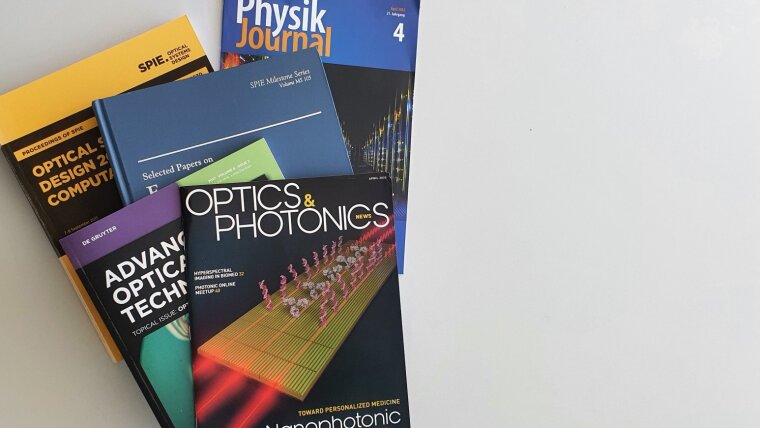High-power ytterbium-doped multicore fibers
Year of publicationPublished in:Optical Fiber Technology: Materials, Devices, and Systems
- University Bibliography Jena:
- fsu_mods_00028951External link
